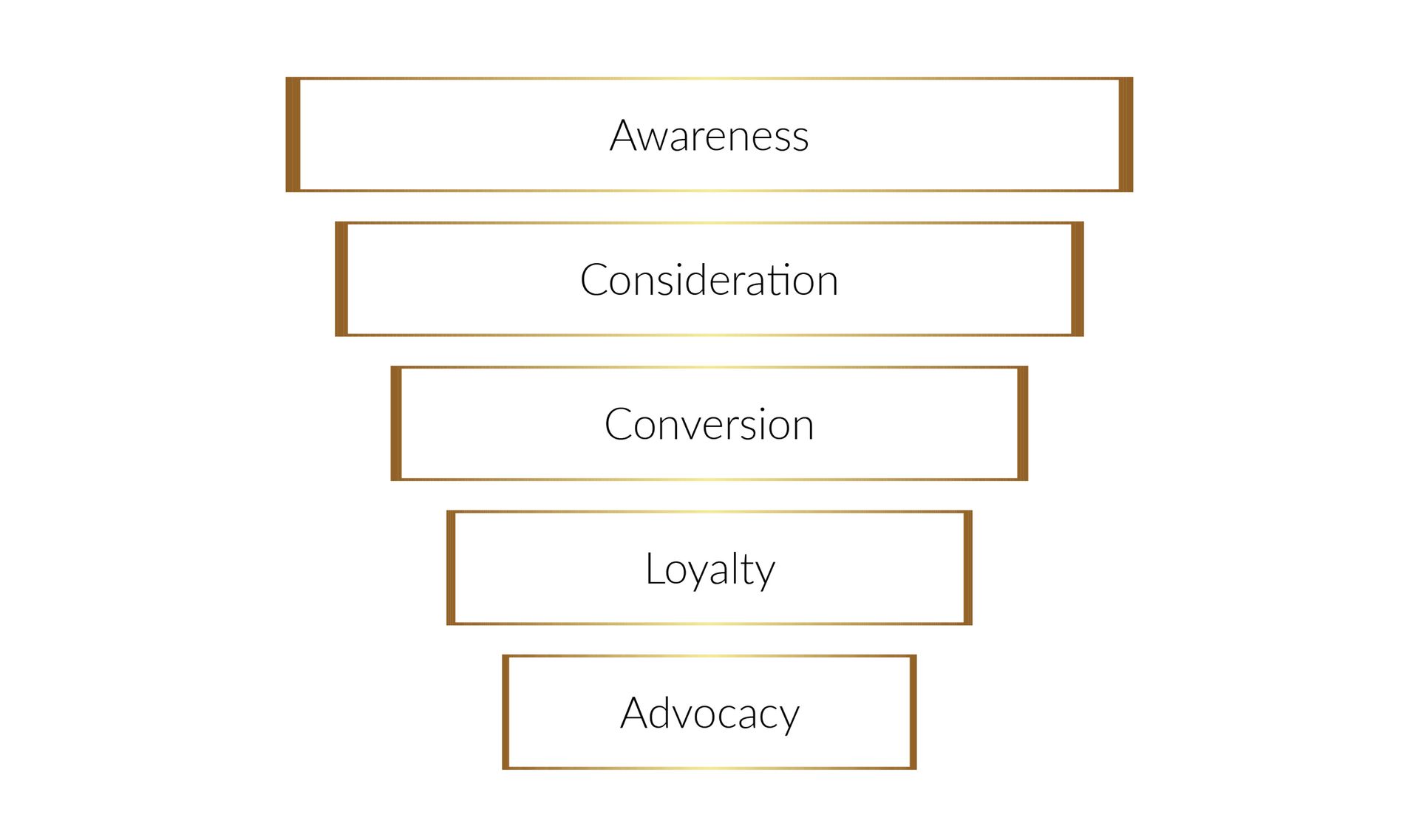Navigating the HR Landscape: Lessons from the Starbucks Case
Shaping a Fair Future: Visualizing Proactive HR Practices to Prevent Bias and Discrimination

The intersection of HR practices and legal considerations is a delicate balance that organizations must master to ensure a fair and equitable workplace. The recent case involving Starbucks, where a former employee claimed she was wrongfully terminated due to her race, serves as a reminder of the importance of proactive HR measures. In this blog, we delve into the lessons HR professionals can glean from this case and explore strategies to prevent similar situations.
Lessons from the Starbucks Case:
1. Maintaining Transparency and Documentation:
One crucial takeaway from the Starbucks case is the significance of maintaining transparency in employee terminations. HR professionals should ensure that all actions and decisions are well-documented, including the reasons behind termination. Clear documentation can help in defending the organization against potential claims of discrimination or bias. Learn more about Starbucks Documentation Issues.
2. Non-Discriminatory Policies and Training:
To prevent incidents like those faced by Starbucks, it's vital for organizations to establish and communicate non-discriminatory policies. HR should provide regular training to employees and managers on these policies, including topics such as racial bias awareness and sensitivity training. Training sessions can promote a culture of inclusion and awareness, helping employees make unbiased decisions.
3. Consistent Enforcement of Policies:
In the Starbucks case, the former employee claimed that she was terminated despite her uninvolved role in the incident. HR professionals should emphasize consistent enforcement of policies across the board. This can be achieved by conducting thorough investigations, considering all relevant factors, and avoiding knee-jerk reactions.
4. Diverse Hiring and Leadership Initiatives:
To foster an environment that values diversity and prevents bias, organizations should actively promote diversity in their hiring practices and leadership roles. HR professionals should implement strategies to attract and retain a diverse workforce, creating a culture where employees from various backgrounds feel valued and heard.
5. Open Channels of Communication:
Creating open channels of communication between HR, management, and employees is essential. HR professionals should encourage employees to report incidents of bias or discrimination without fear of retaliation. A culture of trust and open dialogue can address issues before they escalate.
6. Regular Review of HR Policies:
The Starbucks case underscores the need for organizations to periodically review and update HR policies to align with evolving legal standards and societal norms. HR professionals should stay informed about the latest legal developments and adapt policies accordingly.
The Starbucks case serves as a poignant reminder of the critical role HR professionals play in shaping a fair and inclusive workplace. By prioritizing transparency, training, consistent policy enforcement, diversity initiatives, open communication, and policy reviews, HR can mitigate the risk of finding themselves in a similar situation. As the corporate landscape continues to evolve, HR's dedication to these principles will contribute to fostering a workplace where employees are treated with respect and equity.
Citations:
Starbucks ordered to pay over $25 million to white former manager who claimed racial discrimination
Court Case Filed
Court Documents
-
What are examples of discrimination?
Age Discrimination.
Disability Discrimination.
Sexual Orientation.
Status as a Parent.
Religious Discrimination.
National Origin.
Pregnancy.
Sexual Harassment.
-
What are the 4 different forms of discrimination?
Four Forms of Discrimination as Defined by the Equality Act of 2020
The Equality Act of 2020 categorizes discrimination into four distinct types:
1. Direct Discrimination: This form involves treating an individual less favorably due to their protected characteristics, such as race, gender, or age.
2. Indirect Discrimination: Occurring when policies or practices appear neutral but disproportionately disadvantage certain groups with specific protected characteristics.
3. Harassment: Involves unwanted behavior that violates an individual's dignity or creates an intimidating, hostile, degrading, humiliating, or offensive environment.
4. Victimisation: This form pertains to treating an individual unfairly because they have raised concerns or complaints about discrimination or have assisted someone else in doing so.
The Equality Act's delineation of these four categories serves as a comprehensive framework to address and prevent various forms of discrimination across different contexts.
-
What is unfair discrimination?
Unfair Discrimination: A Prohibited Practice
Unfair discrimination arises when an employer demonstrates a preference, preconceived judgment, or partiality towards or against an individual based on forbidden attributes. These encompass factors such as race, gender, sex, pregnancy, marital status, familial obligations, ethnic background, social origin, skin color, sexual orientation, age, disability, religion, HIV status, conscientious beliefs, and more. This practice is explicitly prohibited as it undermines the principles of equality, inclusivity, and respect for all individuals.
-
What are the non-discrimination policies in education?
Legal Safeguards Against Discrimination and Harassment in Education
Both state and federal laws serve as safeguards against discriminatory practices, harassment, intimidation, and bullying of students. These protective measures are firmly grounded in principles of fairness and inclusivity. The legal framework prohibits such behaviors based on various factors, including the actual or perceived sex, gender, sexual orientation, gender identity or expression, race, color, ancestry, national origin, ethnic group identification, age, religion, and even marital or parental status. The comprehensive nature of these laws underscores the commitment to nurturing an educational environment that upholds respect, dignity, and equal opportunities for all students.
-
Training & Apprenticeship Programs
Prohibited Discrimination in Training and Apprenticeship Programs
It is essential to note that within training or apprenticeship programs, any form of discrimination based on specific characteristics is strictly prohibited by law. This includes discrimination on the grounds of race, color, religion, sex (including gender identity, sexual orientation, and pregnancy), national origin, age (40 or older), disability, or genetic information. Legal provisions emphasize the fundamental principles of equality and fairness within these programs, safeguarding individuals from unjust treatment based on their inherent attributes.
-
What is the non discriminatory policy?
Guidelines for Crafting a Comprehensive Non-Discrimination Policy
In formulating an effective non-discrimination policy, consider these key points:
- Explicitly state that any form of discrimination rooted in attributes such as race, color, religion, sex (including pregnancy, sexual orientation, or gender identity), national origin, disability, age (40 or older), or genetic information (including family medical history) is against the law and will not be condoned.
- Emphasize that fostering an environment free from discrimination is a priority, showcasing your commitment to upholding principles of equity, inclusion, and respect.
- Communicate a strict stance against any behaviors or practices that perpetuate discrimination, making it unequivocally clear that such actions will face immediate consequences.
- Encourage reporting of discriminatory incidents while assuring protection against retaliation for those who come forward with concerns.
By incorporating these elements into your non-discrimination policy, you establish a foundation that reinforces fairness, equality, and a safe atmosphere for all individuals within your organization.
-
What is diverse recruiting?
Diversity Recruitment: Fostering Inclusive Talent Acquisition
Diversity recruiting involves proactively identifying job candidates with diverse backgrounds, embracing measures that enhance inclusivity within talent acquisition procedures, and dismantling obstacles that hinder equal opportunities for all candidates throughout the hiring journey. By intentionally seeking diversity and fostering an inclusive approach, organizations strive to create a workforce that reflects a wide range of experiences, perspectives, and talents. This endeavor not only enhances workplace dynamics but also reinforces a commitment to fairness and equality in the hiring landscape.
-
What are the 3 key points in recruiting for diversity?
Recruiting for diversity involves a strategic approach aimed at fostering an inclusive workforce. Here are three key points to consider:
1. Targeted Sourcing: Actively seek candidates from a wide range of backgrounds through targeted outreach, utilizing diverse job boards, professional networks, and community organizations. Cast a wider net to attract candidates who might not have been traditionally considered.
2. Inclusive Hiring Practices: Ensure that your hiring process is fair and unbiased. Review job descriptions for inclusive language, implement diverse interview panels, and utilize structured interview questions that assess skills and qualifications without introducing bias.
3. Cultural Competence: Train recruiters and interviewers to be culturally competent. This involves understanding various cultures, recognizing potential biases, and conducting interviews with an open mind to appreciate different perspectives.
By focusing on these key points, you can create a recruitment strategy that actively promotes diversity, equity, and inclusion within your organization.





